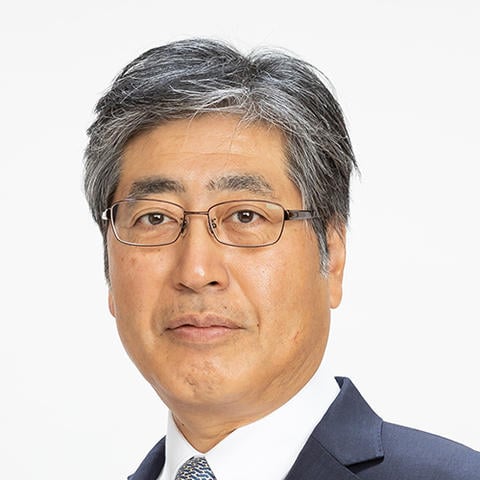Compressors: the industrial workhorses that will drive decarbonization

This article was previously published in our newsletter, if you're not already a subscriber, sign up here.
It is a startling thought: a technology that is several hundred years old is set to play a vital role in ensuring we have a future. Compressors, first developed in the British Industrial Revolution in the 1700s, will become a critical part of the CO2 and hydrogen value chains being established to decarbonize industry and help combat climate change.
What are compressors and what are their types?
At its most basic, a compressor is a device that increases the pressure of a gas by reducing its volume ‐ even the human lung is a compressor of sorts. While there are many different types, such as the axial compressors that are a key component in gas turbines, at Mitsubishi Heavy Industries Compressor Corporation (MCO) we focus on standalone compressors for industrial use.
Even this narrower market is worth some $30 billion a year, including peripheral equipment and aftersales service. It consists of basically two types of machines – Turbo compressors such as centrifugal ones and Positive Displacement compressors such as reciprocating ones – with myriad applications across different industries.
Since we built our first centrifugal compressor in 1917, MCO has delivered over 4,000 units to 64 countries and today we have resident engineers and technical advisers in the US, UK, Saudi Arabia, Singapore, China and Brazil as well as sales staff around the world. The main manufacturing base is in Hiroshima but since 90% of our sales are outside Japan, we have established MCO‐I as a front line facility in Houston where our major customers are located, and it also has a maintenance function.
MCO’s principal customers are the major oil & gas and petrochemical producers, and they use compressors in three main ways: to extract natural gas and oil out of the ground (upstream); to transport gases through pipelines (midstream); and to produce feedstock, such as ammonia and ethylene for chemical industries (downstream).
The compressor market now and in the future
The large compressors, more than 30 meters long when in sequence and often coupled with a steam turbine or motor, are used downstream and in general, a petrochemical plant is equipped with several compressors for different purposes. This is a segment in which MCO is the global market leader, with an unmatched record of stable and reliable long‐term performance.
Depending on the gas they work with, some of our units can run continuously for a decade or more without a major inspection and are extremely easy to maintain: For a particular application, which needs internal cleaning while it is running, MCO has developed a unique washing oil injection structure which drastically improves cleaning efficacy and enables long‐term operation with the maximum efficiency.
While this traditional market is growing due to the increased demand for natural gas and chemicals, the compressor market has great potential for the energy transition, utilizing carbon capture, storage and utilization (CCUS) technologies as well as hydrogen as clean energy.
Hydrogen is one of our biggest potential markets: both to decarbonize hard‐to‐abate industrial sectors and even long‐haul transport; and as a storage medium to complement intermittent renewable power.

Solving challenges for the hydrogen economy
But hydrogen is the lightest gas in the universe. So, whether you want to store it in salt caverns, as MHI is planning to do at its giant green hydrogen hub, the Advanced Clean Energy Storage project in Utah; or use it to replace thermal heat in the steel or cement industries, you first need to increase its pressure.
This will create demand for compressors for years to come. The challenge is that hydrogen is so light that the impellers, the rotating parts of the compressor, will have to run at much higher speeds than is necessary for heavier gases. Secondly, hydrogen causes the metal in the compressors (and, incidentally, in pipelines) to become brittle over time. Solving these engineering challenges is what our industry is currently working on in order to be able to seize what promises to be a bright future.
Leading the energy transition as MHI Group
At the same time, customers are no longer satisfied with just buying a product; they want an end‐to‐end package, complete with service, training and monitoring. Like our colleagues in MHI’s turbine business, we are working on a remote monitoring solution to maximize on‐site production and support preventive maintenance. However, this is a very challenging task due to variations in the gases and compressor speeds we work with.
To fulfil customer expectations and remain competitive, MCO is continuing to evolve. In 2000, we consolidated from four domestic manufacturing sites to a single one in Hiroshima. Ten years later, we became an independent company within the MHI Group to allow faster decision making.
In the future, I see MCO adding huge value to the wider firm due to its strong relationships with the big oil & gas and chemicals producers. To reduce their carbon footprint, they will need not only compressors but also hydrogen‐ready gas turbines, carbon capture and storage equipment and other technologies. MHI can supply all of this and MCO can be the bridgehead into these customers.
Discover more about Mitsubishi Heavy Industries Compressor





